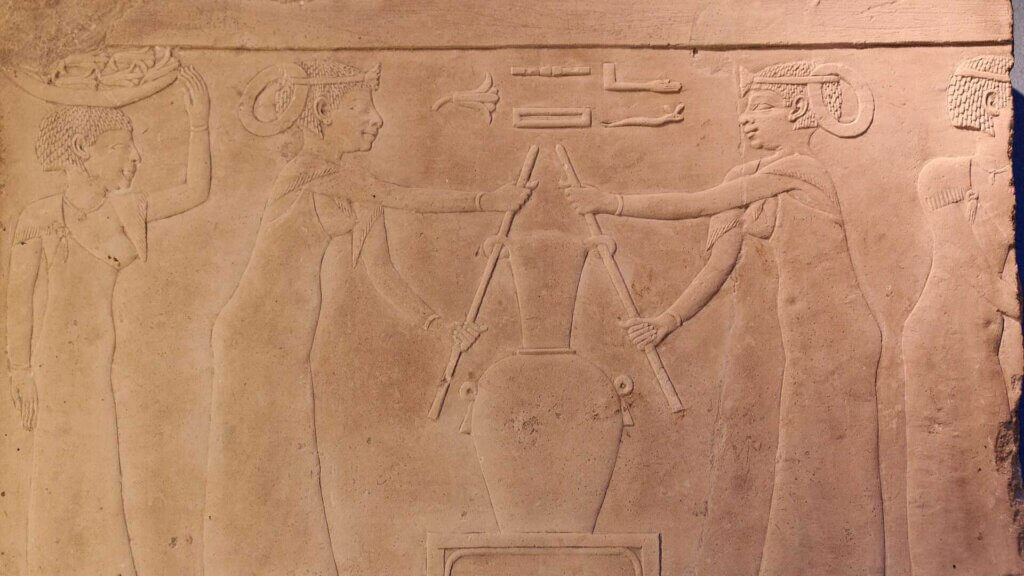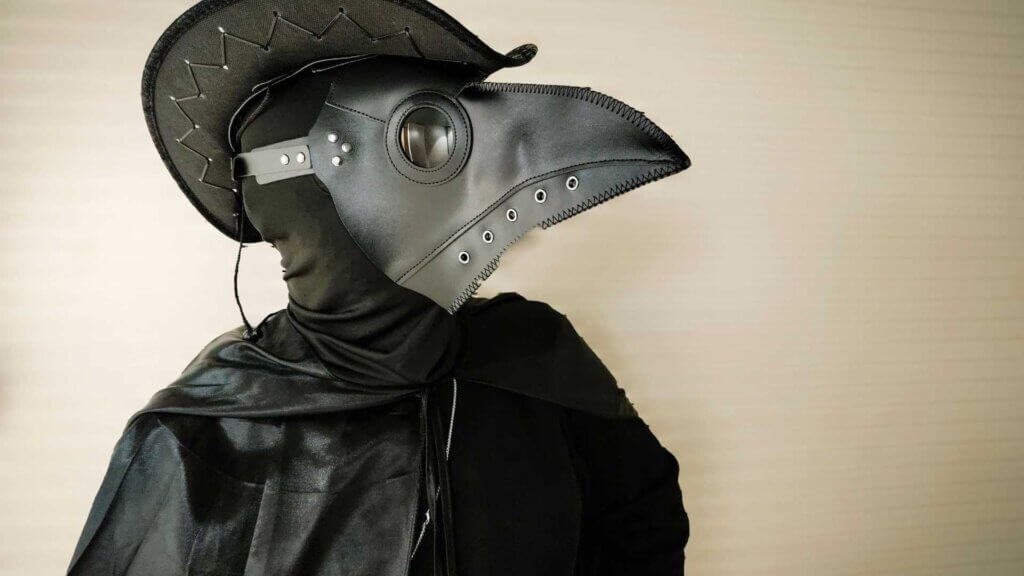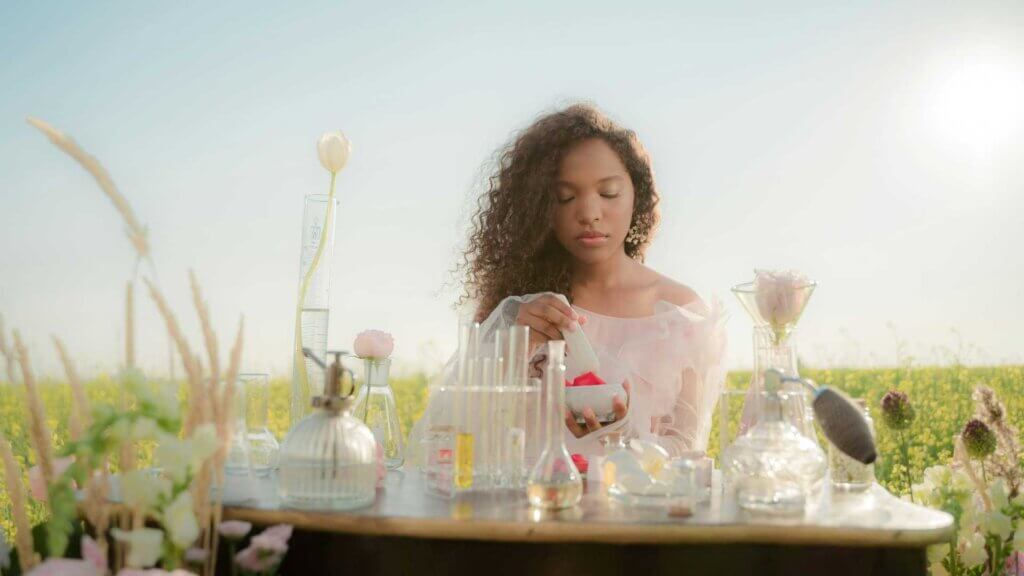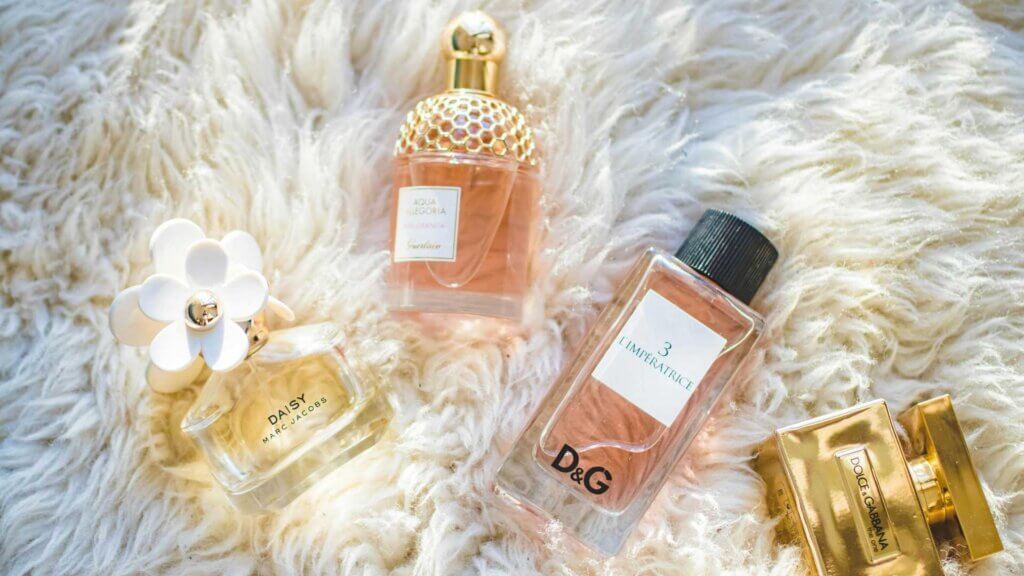Products are selected by our editors, we may earn commission from links on this page.

Fragrance has always been more than just a pleasant smell; it’s a profound reflection of culture, status, and personal expression. From ancient rituals to modern self-identity, the evolution of scent tells a rich story of humanity’s ever-changing desires and innovations.
Ancient Civilizations

The earliest perfumes were deeply entwined with religion and often burned as incense. Egyptians used rich oils for mummification and daily adornment. Greeks and Romans embraced scents for bathing and status. Fragrance was sacred and a mark of wealth, used in rituals to connect with deities and as a luxury item.
The Islamic Golden Age

While perfume usage in Europe waned, the Islamic world thrived during the eighth and thirteenth centuries. Scholars like Avicenna perfected distillation, extracting pure essential oils from flowers such as roses. This era significantly advanced perfumery, introducing lighter, alcohol-based scents and new aromatic ingredients to the world, revitalizing the art of scent creation.
Plague Era

In Europe, perfume use was less widespread. Scents were primarily employed for medicinal purposes or to ward off disease, especially during the plague, rather than for personal adornment. Heavy, potent aromas were preferred, sometimes to mask unpleasant body odors in a time when frequent bathing was not common practice.
The Renaissance

Perfume experienced a grand resurgence in Europe, particularly in Italy and France. New trade routes brought exotic ingredients, making perfume a symbol of wealth and sophistication among nobility. Catherine de Medici famously introduced perfumed gloves to the French court, sparking a major trend and establishing Grasse, France, as a perfume hub.
The Age of Eau de Cologne

The eighteenth century saw a shift towards lighter, more refreshing scents. The creation of Eau de Cologne in Germany marked a significant departure from heavier, muskier fragrances. Popularized for its invigorating, citrusy notes, it was used generously on skin, clothing, and even in baths, reflecting a growing emphasis on freshness and perceived hygiene.
19th Century Industrial Revolution & Synthetics

The Industrial Revolution transformed perfumery. Mass production made scents more accessible, but more importantly, synthetic ingredients revolutionized the art. Perfumers could now create entirely new, stable, and complex aromas previously impossible. This period saw the rise of iconic perfume houses and the birth of modern fragrance structures.
Early to Mid-20th Century Designer Perfumes & Iconic Scents

This was the golden age of designer perfumes, famously led by Chanel No. 5 in 1921. Fragrances became an integral part of fashion and personal identity, often linked to luxurious brands. Marketing and artistry merged, pushing perfume into the realm of aspirational luxury and widespread personal expression for the first time.
Late 20th Century to Present: Diversity, Niche, and Sustainability

The late 20th century saw an explosion of diverse scents and the rise of niche perfumery, offering unique, artisanal alternatives to mainstream brands. Today, trends lean towards personalization, gender-neutral scents, and a strong focus on sustainability, ethical sourcing, and natural ingredients, reflecting a more conscious consumer movement.
Scent’s Enduring Legacy

Each era, whether the sacred oils of Ancient Civilizations or the groundbreaking synthetics of the 19th Century, layered new meaning and innovation onto the art of perfumery.

